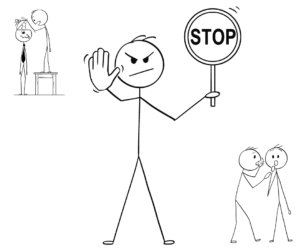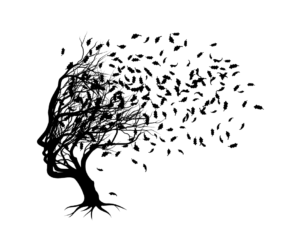We all saw the memes and also asked the higher powers that we would not be the strong warriors list of 2024. We pleaded that we had been strong and resilient all of 2023 and it was now time to rest. Alas, barely three months into the year and the occupational burnt out is real. It seems like asking those higher up in the realms of existence hasn’t quite done what we thought it would so like the responsible adults we are trying desperately to be, let’s figure a way out of this occupational burn out by recognising it for what it is, putting together a recovery strategy and reclaiming balance to live as healthy a life as we can.
Unveiling the Uncommon Symptoms
Burnout isn’t just about feeling irritable, tired or stressed; it can manifest in a myriad of ways that we might not even realize. Here are five uncommon symptoms to watch out for:
- Persistent Physical Ailments: Are you experiencing frequent headaches, stomachaches, or other unexplained physical symptoms? These could be signs of burnout manifesting in a physical form.
- Decreased Creativity and Innovation: Have you noticed a decline in your ability to think creatively or come up with new ideas? Burnout can sap our creative energy, leaving us feeling uninspired and stagnant.
- Increased Cynicism and Detachment: Do you find yourself becoming increasingly cynical or detached from your work, colleagues, or clients? This emotional distancing can be a coping mechanism for dealing with burnout.
- Difficulty Concentrating: Are you struggling to focus or concentrate on tasks that were once easy for you? Burnout can impair our cognitive functioning, making it harder to stay on top of our workload.
- Changes in Sleep Patterns: Have your sleep habits changed significantly, either sleeping too much or too little? Burnout can disrupt our sleep patterns, leading to insomnia, restless nights, or excessive sleepiness during the day.
Recognising these uncommon symptoms is the first step in acknowledging and addressing burnout in our lives. With understanding comes the remedy.
Reclaiming Balance and Setting Boundaries
What can we do about burnout once we’ve identified it? It’s time to reclaim balance and set boundaries that prioritize our well-being. Whether it’s carving out time for self-care activities, establishing clear boundaries between work and personal life, or learning to say no to excessive demands, setting healthy boundaries is key to preventing burnout from taking over. It’s okay to reassess our priorities and make changes that align with our values and goals. Especially if that means making adjustments in our current job or considering new opportunities. Most importantly, Rest! Get enough sleep. Eat healthy. Exercise. Take breaks from your computer in the day.
Moving Forward with Resilience
As we navigate the journey of recovery of occupational burnt out, let’s cultivate resilience and empower ourselves to thrive in the face of adversity. By fostering a supportive network of colleagues, seeking professional help if needed, and practicing self-compassion along the way, we can emerge stronger and more resilient than ever before. Together, let’s rewrite the narrative around burnout, prioritise our well-being, and create a workplace culture that values balance, resilience, and authenticity. And if your current work place is resistant to this, you need to evaluate if you want to work there. In as much as we need them to earn a living, they need us to do the work. This is an awesome video on how 15minutes a day can help prevent occupational burnout.



